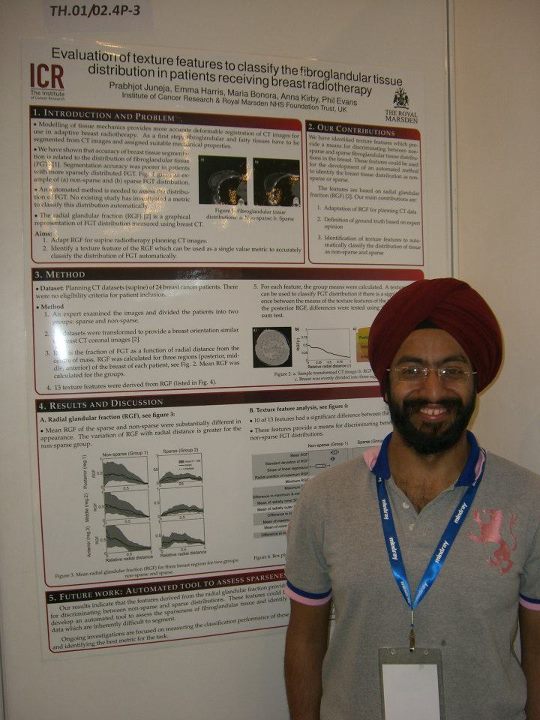Program Information
Incorporation of Ultrasound Elastography in Target Volume Delineation for Partial Breast Radiotherapy Planning: A Comparative Study
P Juneja1,2*, E Harris1,2 , J Bamber1,2, (1) The Institute of Cancer Research, London, UK, (2) Royal Marsden NHS Foundation Trust, London, UK
Presentations
SU-E-J-76 Sunday 3:00PM - 6:00PM Room: Exhibit HallPurpose: There is substantial observer variability in the delineation of target volumes for post-surgical partial breast radiotherapy because the tumour bed has poor x-ray contrast. This variability may result in substantial variations in planned dose distribution. Ultrasound elastography (USE) has an ability to detect mechanical discontinuities and therefore, the potential to image the scar and distortion in breast tissue architecture. The goal of this study was to compare USE techniques: strain elastography (SE), shear wave elastography (SWE) and acoustic radiation force impulse (ARFI) imaging using phantoms that simulate features of the tumour bed, for the purpose of incorporating USE in breast radiotherapy planning.
Methods: Three gelatine-based phantoms (10% w/v) containing: a stiff inclusion (gelatine 16% w/v) with adhered boundaries, a stiff inclusion (gelatine 16% w/v) with mobile boundaries and fluid cavity inclusion (to mimic seroma), were constructed and used to investigate the USE techniques. The accuracy of the elastography techniques was quantified by comparing the imaged inclusion with the modelled ground-truth using the Dice similarity coefficient (DSC). For two regions of interest (ROI), the DSC measures their spatial overlap. Ground-truth ROIs were modelled using geometrical measurements from B-mode images.
Results: The phantoms simulating stiff scar tissue with adhered and mobile boundaries and seroma were successfully developed and imaged using SE and SWE. The edges of the stiff inclusions were more clearly visible in SE than in SWE. Subsequently, for all these phantoms the measured DSCs were found to be higher for SE (DSCs: 0.91-0.97) than SWE (DSCs: 0.68-0.79) with an average relative difference of 23%. In the case of seroma phantom, DSC values for SE and SWE were similar.
Conclusion: This study presents a first attempt to identify the most suitable elastography technique for use in breast radiotherapy planning. Further analysis will include comparison of ARFI with SE and SWE.
Funding Support, Disclosures, and Conflict of Interest: This work is supported by the EPSRC Platform Grant, reference number EP/H046526/1.
Contact Email:


